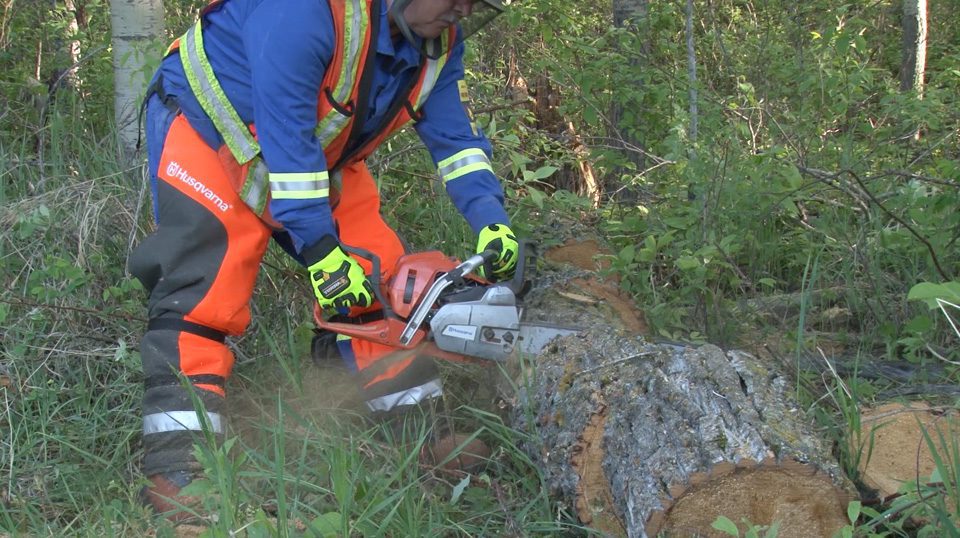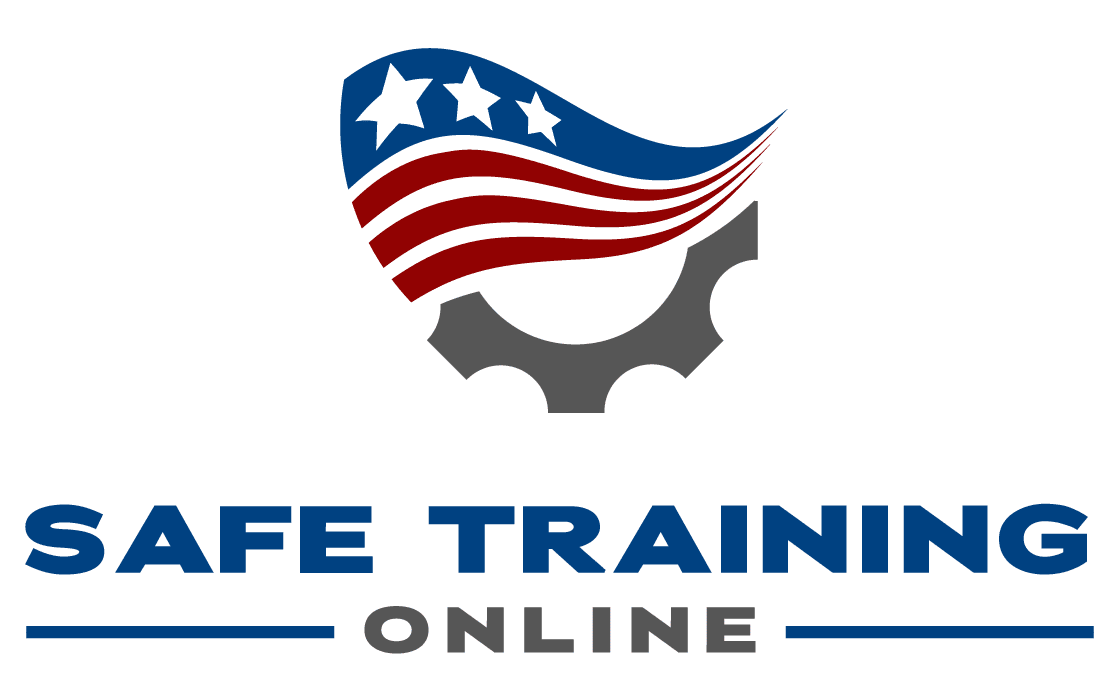Chainsaw Safety (OSHA) Online Course
$59.99USD
Operating a chainsaw is extremely dangerous, even in normal working conditions. Safe usage should be of the highest importance to employers, managers, and employees. This chainsaw safety training OSHA course covers basic chainsaw safety relating to tree falling, tree trimming, disaster clean-up, forestry and more. The chainsaw safety training course is compliant with rules and regulations set by the U.S. Occupational Safety and Health Administration and recognized by the I-CAB (International Competency Assessment Board).
Learn Safe Chainsaw Use and Maintenance in this OSHA-Compliant Course
In the Chainsaw Safety (OSHA) Online Course, you will learn:
- Safety Requirements When Handling a Chainsaw
- Personal Protective Equipment Requirements
- Anatomy of a Chainsaw
- Mechanics of the Chainsaw
- Inspection of the Chainsaw
- Proper Method of Felling Trees
- Cutting Techniques
- Hazards Associated with Chainsaws
Duration
The Chainsaw Safety Online Course takes approximately 60 minutes to complete.
Testing
Participants in the Chainsaw Safety (OSHA) Online Course will be assessed by a test after viewing the course material. Participants must achieve a mark of 80% or higher to earn their certificate of completion. Those who do not reach the required mark will be allowed to repeat the course two additional times. Printable resources are available in the form of a comprehensive student manual.
Certificate of Completion
Participants who successfully pass the Chainsaw Safety Online Course will earn a chainsaw safety training certificate of completion, which they can print out or download for their records.
Which Personal Protective Equipment (PPE) is Required When Operating a Chainsaw?
Employers must provide and ensure workers properly use PPE, including:
- Head Protection, such as a Hard Hat
- Hearing Protection Sufficient to Reduce Noise Exposure to 90 Decibels or Fewer
- Eye/Face Protection, such as Safety Glasses
- Appropriate Protective Footwear per OSHA Standards
- Leg Protection, such as Work Pants or Chaps
- Work Gloves
- Fall Protection as Necessary
More Information:
Chainsaw Safety (OSHA) Online Course video preview
OSHA Chainsaw Safety Fact Sheet
OSHA Chainsaw Safety Quick Card

Other Courses You May Be Interested in
$59.95 USD
$49.99 USD
$37.95 USD



